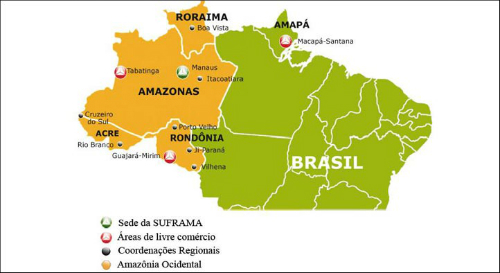At the end of 2010, some events began to change the Arab world. A series of popular uprisings and insurgencies has taken hold in different countries, what some analysts have termed the “Arab Spring”, a reference to the Spring of the Peoples, a period during the second half of the 19th century when political changes occurred in several countries of the Europe. During the 20th century, different types of protests were called “Springs”, such as the Prague Spring of 1968 in former Czechoslovakia and the Beijing Spring, in China, in 1989.
In common, the movements that are taking place in the Arab world have the will of their populations to build democratic governments that guarantee a balanced redistribution of income and the right to freedoms individual. Another controversial point is providing greater gender balance, as women are in conditions of social weakening and marginalization in most of these nations.
On the political level, these countries are run by monarchs and dictatorships that benefit oligarchies and corporate interests and that mostly receive or received support from the West. Despite the Western pro-democratization discourse, the richest nations tend to support regimes. dictatorial as long as these governments guarantee commercial and geopolitical favors for the world developed. This practice is very common in the Arab world, especially in the Middle East, due to the large oil reserves that help supply the largest economies on the planet.
Another striking feature in these insurgencies is the participation of the young population in favor of secular governments, that is, governments where religion and state are separated and faith does not represent an instrument of moralization around restrictive laws to conduct individual. As they are predominantly Islamic countries, this aspect is remarkable, as many people end up confusing Islam with fanaticism, which does not represent all the adherents of this religion. The young and Islamic population wants political autonomy, but without losing their religiosity and their moral values. It is in this bias that new digital media and social networks enter.
Do not stop now... There's more after the advertising ;)
Of course, this kind of uprising we're watching could occur regardless of the internet, but the flow of information that the worldwide web provides is something prodigious, without precedents. Dictatorships find it difficult to map the rebels, who use microblogs and cell phones to exchange information quickly and accurately. Authorities in these countries cannot contradict the videos posted on the internet that demonstrate how protesters are treated: a the imposition of curfews and the overt action of the army and police forces that cause the death of civilians, even women and kids.
Countries like Tunisia, Libya, Yemen and Egypt managed to overthrow their dictators and started the democratization process. Syria still remains in a state of civil war due to President Bashar al-Assad's persistence in trying to control the demonstrations. For all these countries, the moment is still of uncertainty, as the realization of a democratic project takes time, and may take decades, and requires a lot of resignation and planning.
Julio César Lázaro da Silva
Brazil School Collaborator
Graduated in Geography from Universidade Estadual Paulista - UNESP
Master in Human Geography from Universidade Estadual Paulista - UNESP
Would you like to reference this text in a school or academic work? Look:
SILVA, Julius César Lázaro da. "Walking Between Traditions and Democracy: Comments on Uprisings in the Arab World"; Brazil School. Available in: https://brasilescola.uol.com.br/geografia/caminhando-entre-as-tradicoes-democracia-comentarios-acerca.htm. Accessed on June 27, 2021.



